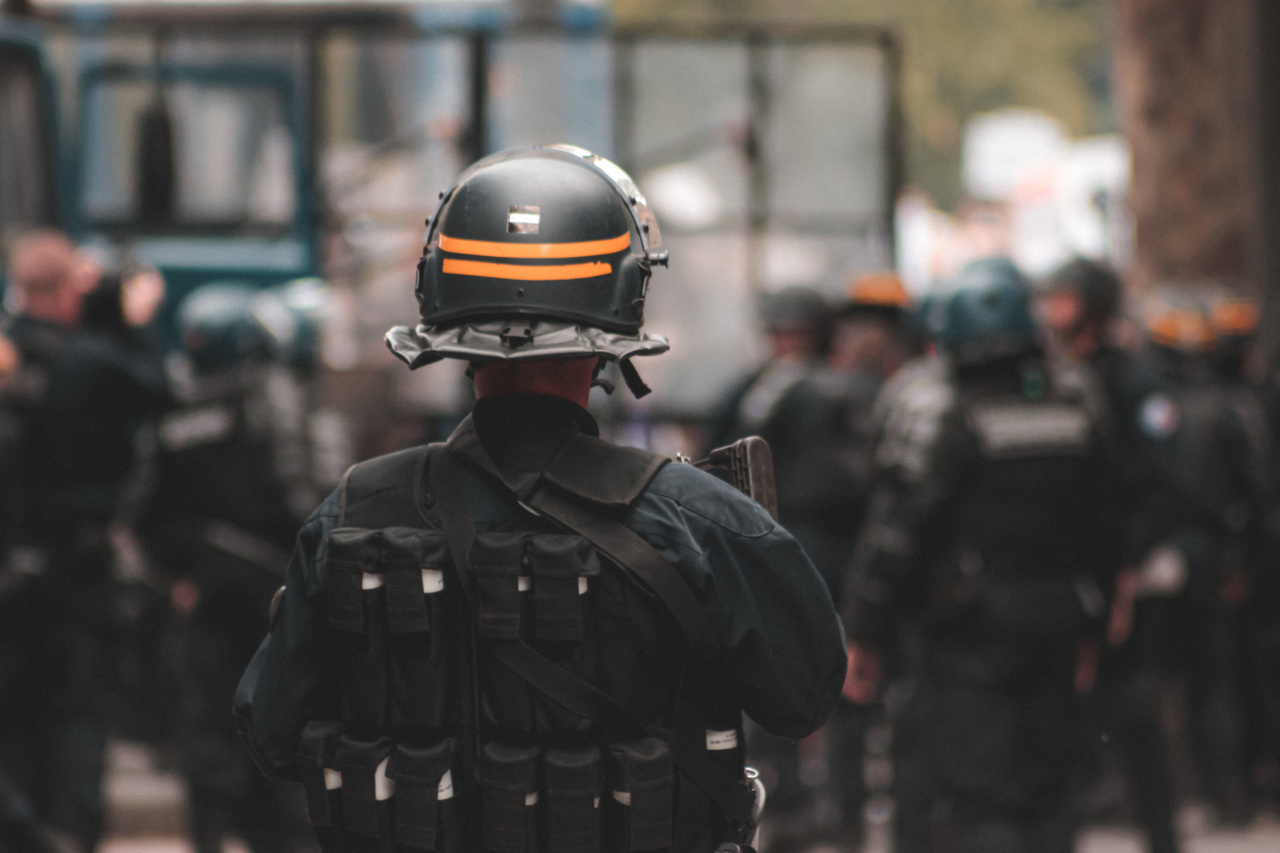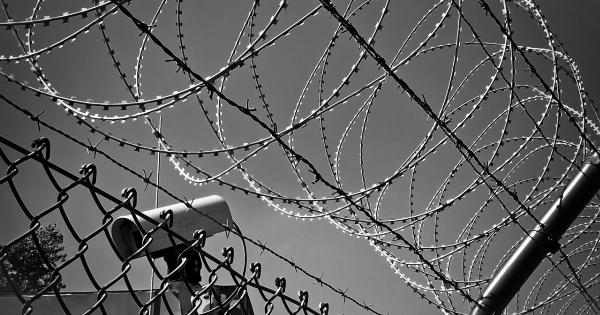Police officers have a challenging job that involves maintaining law and order in our communities. They respond to emergency calls, maintain safety during public events, patrol neighbourhoods, investigate crimes, and more.
While performing their duties, police officers put themselves in harm’s way as they face various dangers.
According to the National Law Enforcement Officers Memorial Fund, more than 21 police officers have died in the line of duty in the United States until the mid-year of 2021.
Therefore, It is essential to understand the risks involved in police work and how police officers mitigate them. This article will discuss some of the risks that police officers face while on duty.
Physical risks
Police officers face a wide range of physical risks while on duty. They may find themselves in dangerous situations, such as confronting armed suspects or dealing with violent individuals.
Physical risks can also arise from foot and vehicle pursuits, which can lead to physical injuries such as sprains, fractures, dislocations, and even death.
Police officers face the risk of injury or death from traffic accidents while on duty. When responding to emergencies, police officers may drive at high speeds, increasing the risk of car crashes.
Because of this, many police departments have implemented strict policies requiring police officers to wear seat belts and undergo regular safe driving training.
Mental health risks
Police officers face various mental health risks while performing their duties. They encounter traumatic situations such as witnessing violent crimes, accidents, and domestic disputes.
These experiences can lead to post-traumatic stress disorder (PTSD), depression, anxiety, and other mental health problems.
Additionally, they face constant pressure to perform their duties effectively, which can lead to burnout or job dissatisfaction.
Police officers may also experience hostility or hostility from the public, which can lead to feelings of isolation and sadness.
Exposure to infectious diseases
Although it is not new that police officers come across people with infectious diseases while on duty, currently they are more prone to contracting them because of the Covid-19 virus.
Police officers need to provide security during the pandemic, which involves enforcing quarantine regulations, manning checkpoints, and patrolling affected areas. Such tasks heighten their chances of exposure to Covid-19 and other diseases.
Police officers have to take all the safety measures, including wearing personal protective equipment (PPE).
Some departments have even set guidelines for crew to sanitize their gear, rotating officers to different positions, prohibiting shared equipment and implementing physical barriers in police stations.
Violent custodial situations
When officers take custody of an individual who appears to be violent, putting themselves at great risk of physical harm. A violent scenario can emerge when there is a disagreement between the police and the individual in custody.
In this situation, officers must exercise extreme caution and may have to use force, including handcuffs, physical restraints, and, in some extreme cases, firearms.
Police departments provide training to control and calm violence. Officers use negotiation tactics to create a peaceful environment through verbal communication, active listening, and empathy towards the suspect.
Police Vehicle Risks
Police vehicles can become risky when used during high-speed chases. High-speed chases occur when a suspect tries to get away from the police after committing a crime. Such chases can cause physical harm or even death to both the suspect and the police.
Excessive speed, reckless driving, and violation of traffic rules can cause severe accidents.
Police departments have implemented guidelines for police officers’ s safety such as using lights and sirens to indicate emergency driving, radio communication with colleagues, and taking road conditions into account.
Hostile Environments and Threats
Police officers respond to domestic violence crisis, riots, and many more issues that involve fighting to keep the peace. In these volatile contexts, police officers have to put themselves in relatively dangerous situations.
Police departments often provide protective gear, such as shields, to protect police officers from harmful objects like rocks, bottles, and other projectiles.
They also equip them with tasers, pepper spray, and other non-lethal weaponry that they can use to subdue an attacker.
Training and Prevention of Risks
Police departments provide training to their officers to identify risks and deal appropriately with violent encounters. The training includes defensive tactics, situational awareness, and risk management.
They also provide training to explore mental health and wellness, such as counselling services, stress reduction and anxiety management strategies.
Training also involves improving police presence, tactics, and communication.
As they have to deal with different communities and various situations, they need to have, cross-cultural communication skills and techniques to use when faced with perception-based situations.
Conclusion
In conclusion, police officers face many risks during their duty, some of which can have serious implications for their physical and mental health. However, with appropriate training, equipment, and support, police departments can reduce these risks.
For these reasons, police officers are essential members of our community and ensure public safety through their duties.































